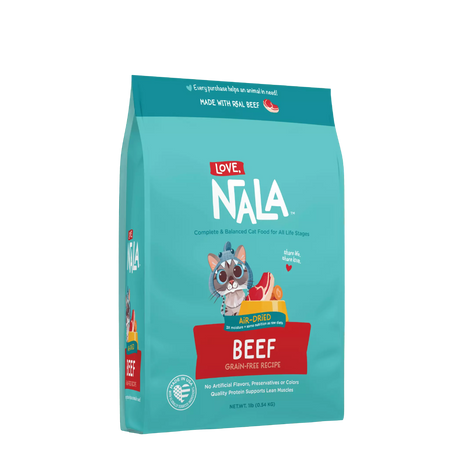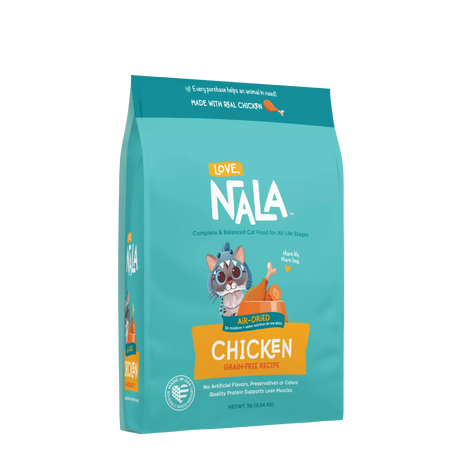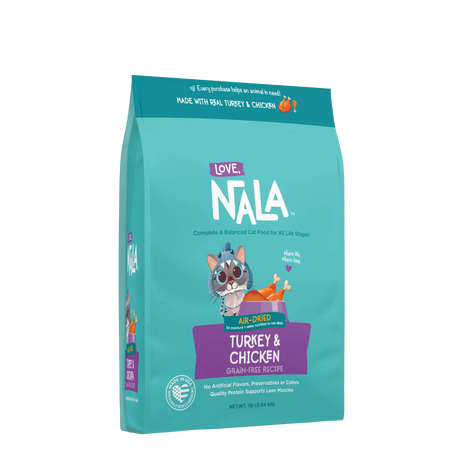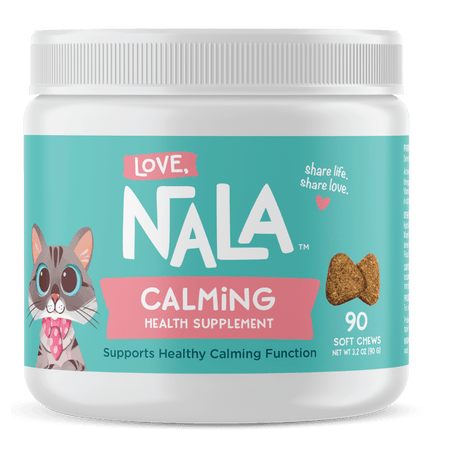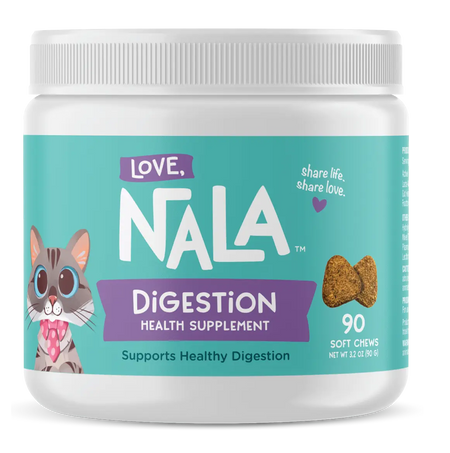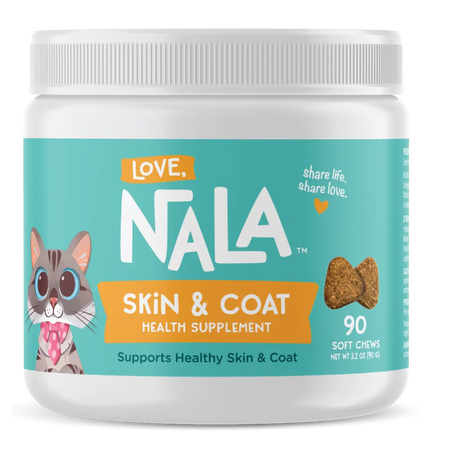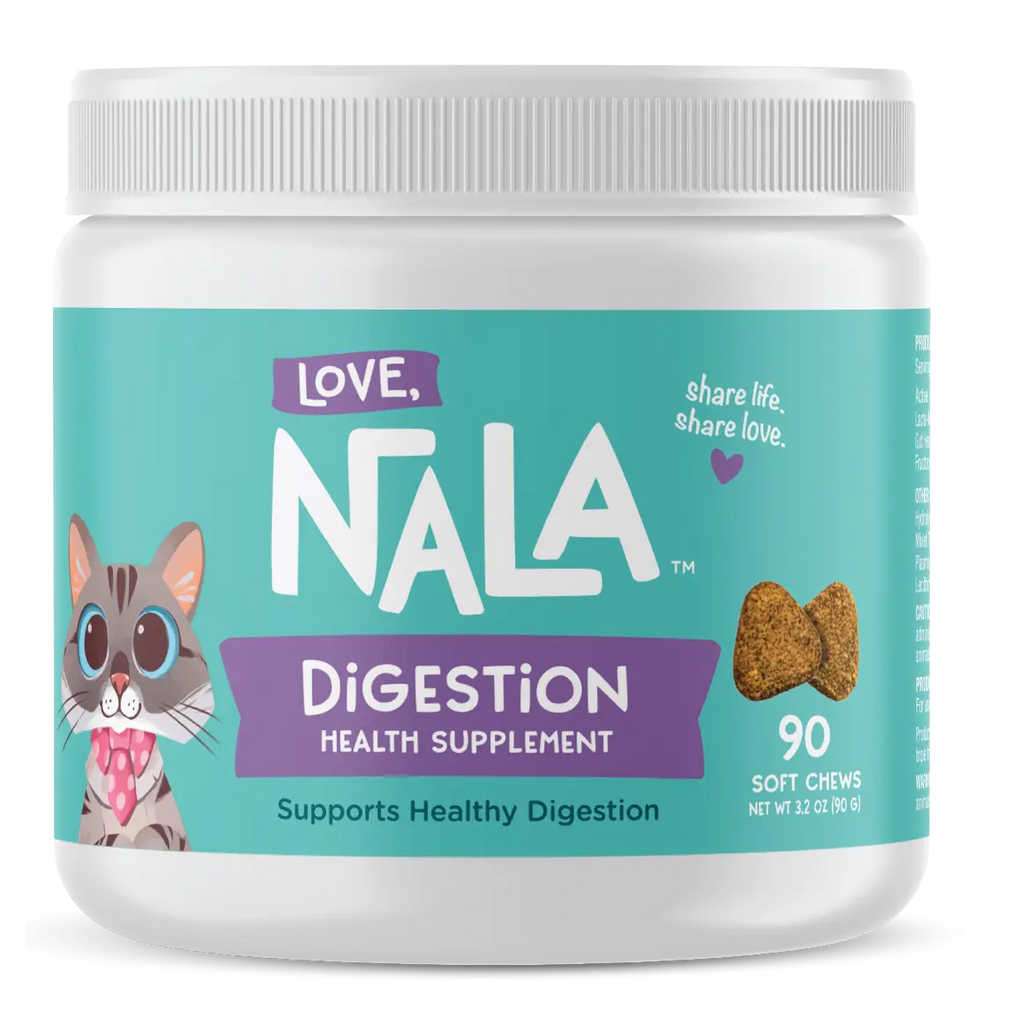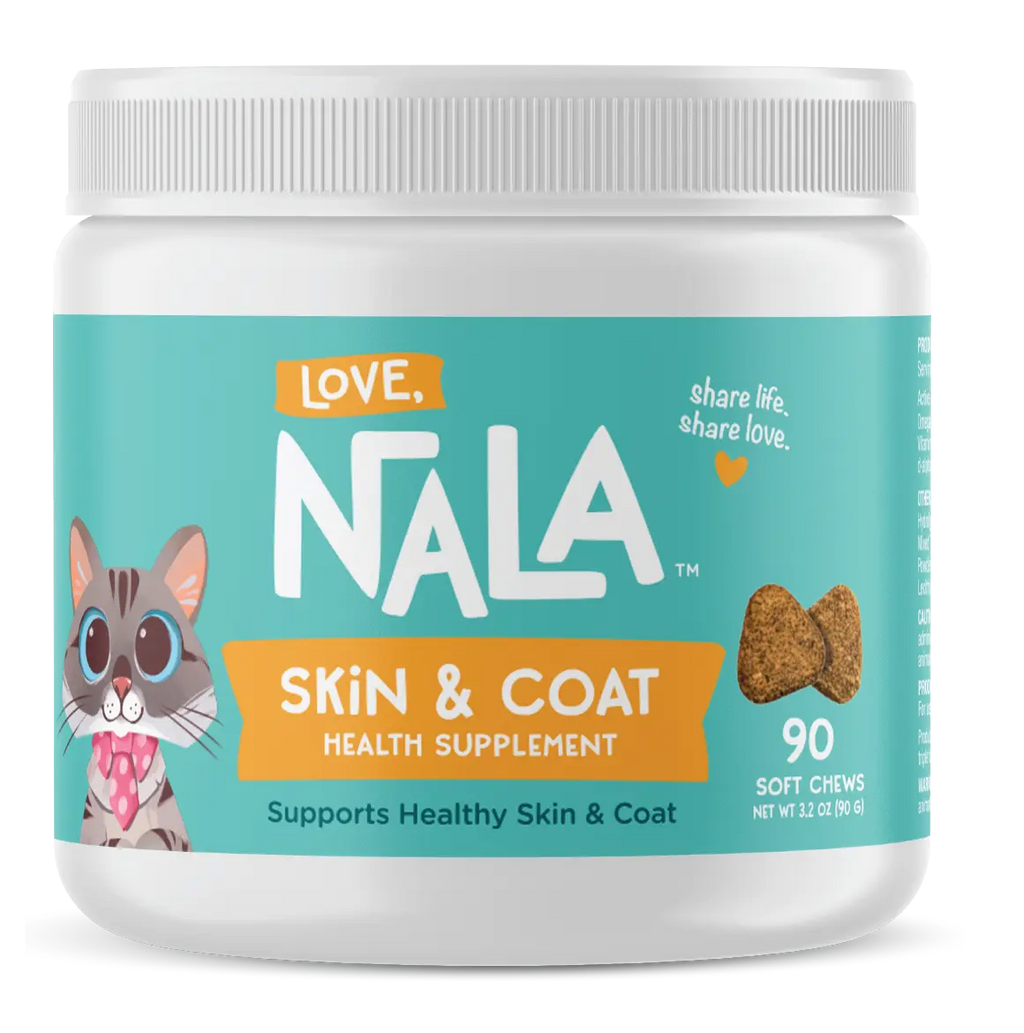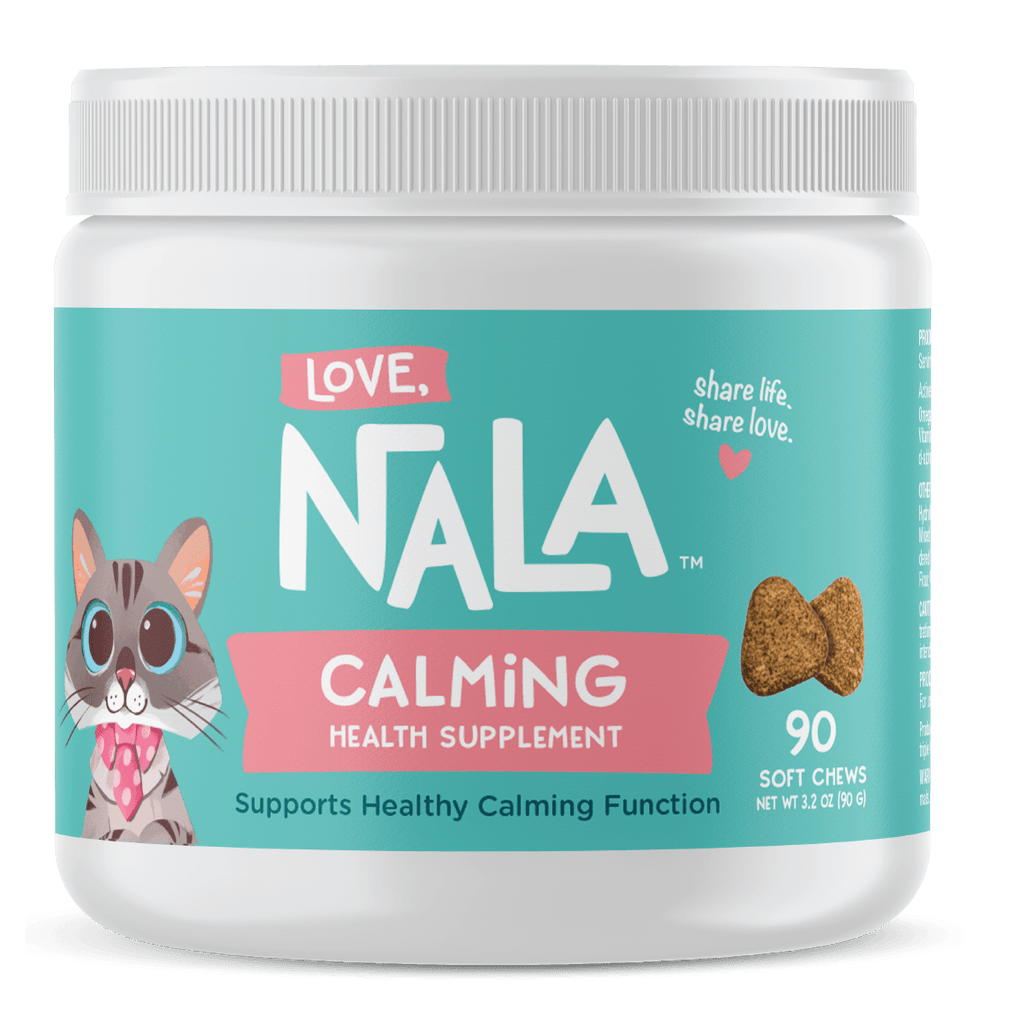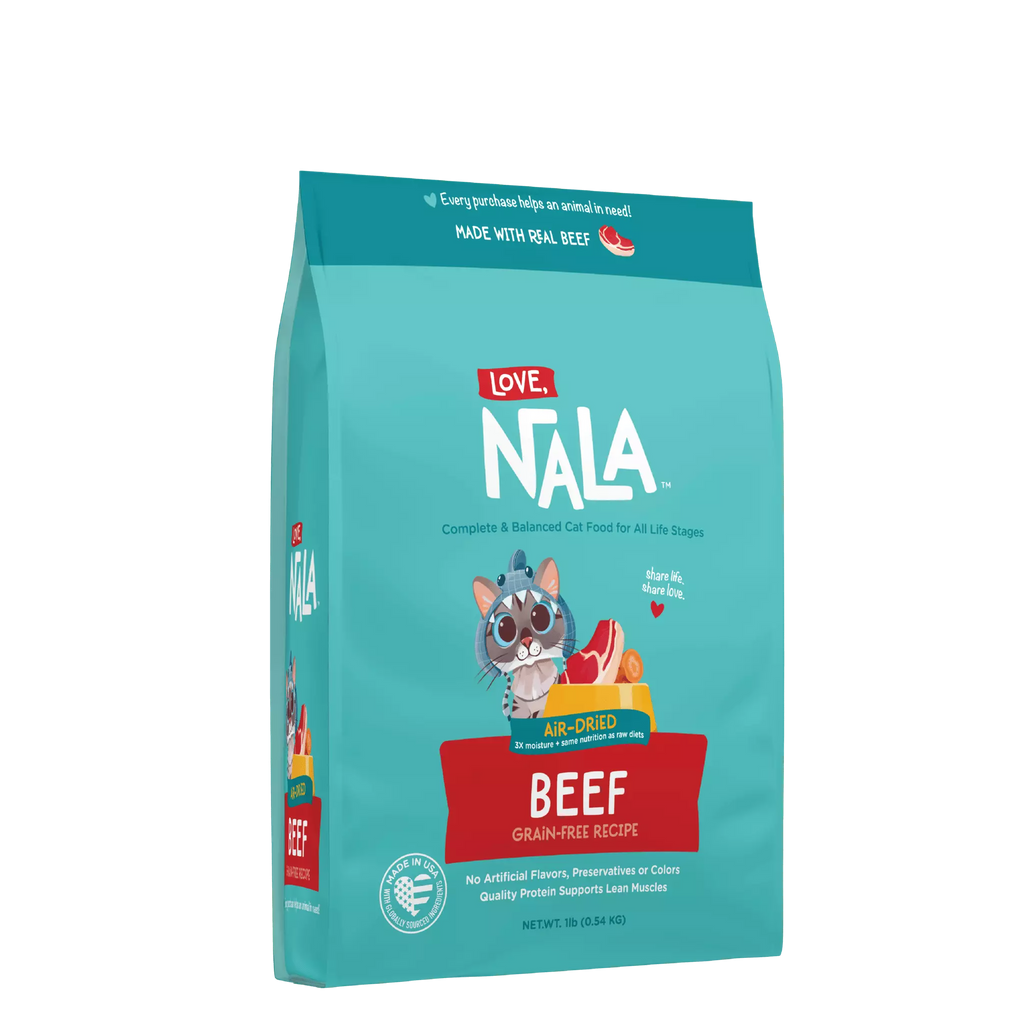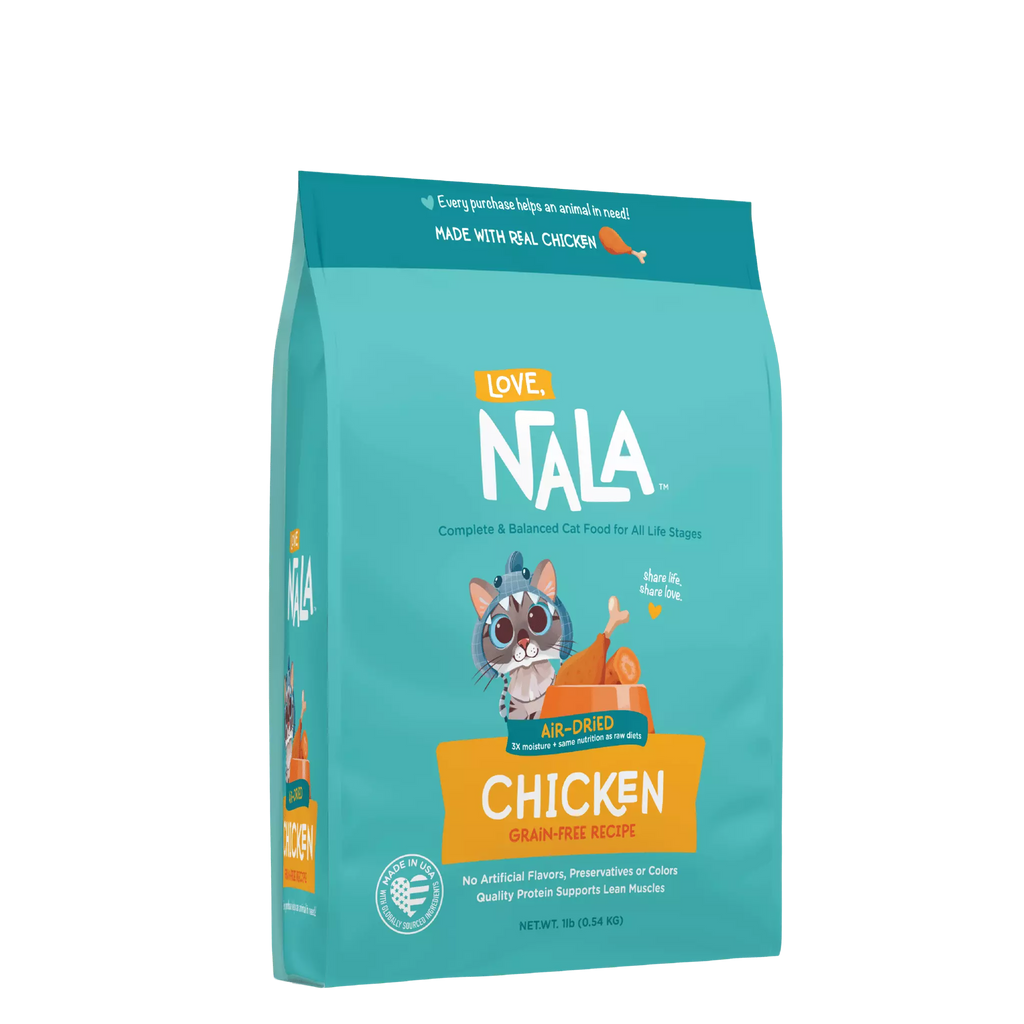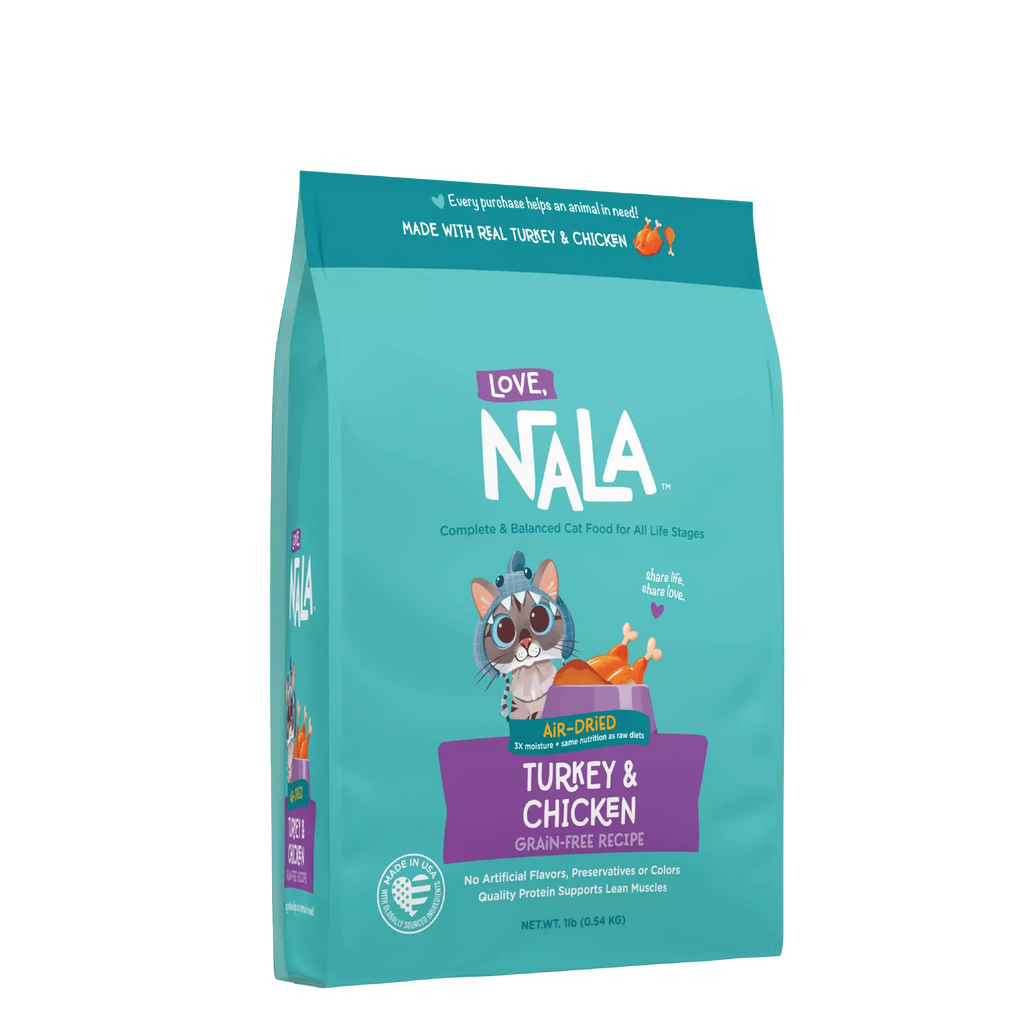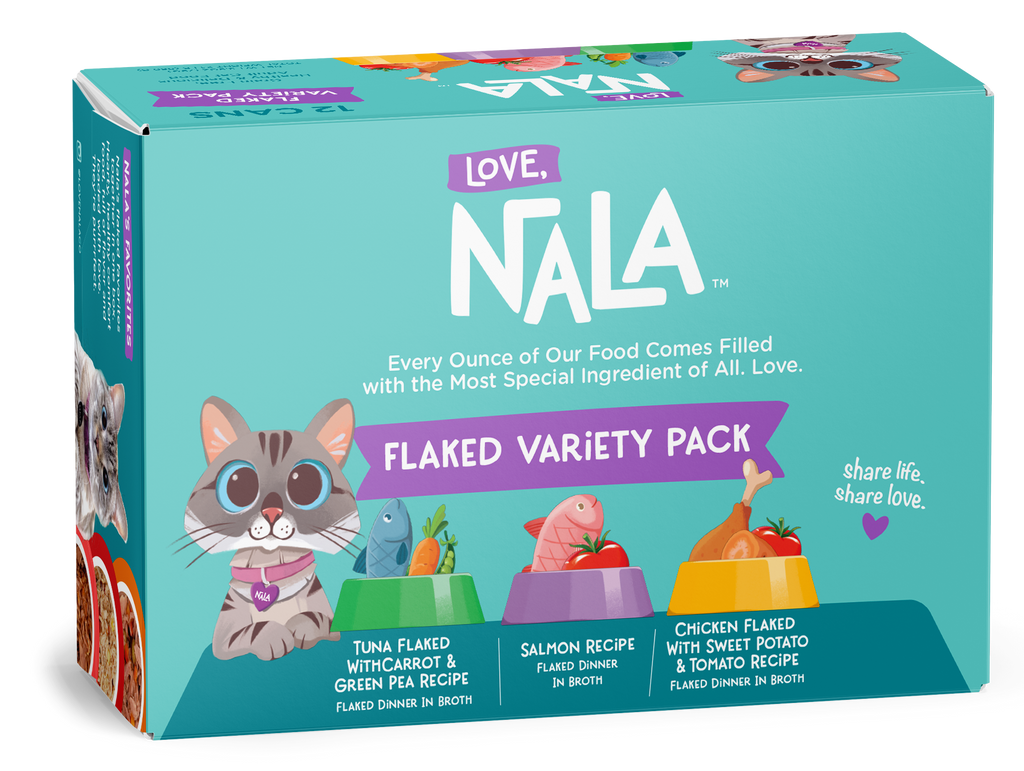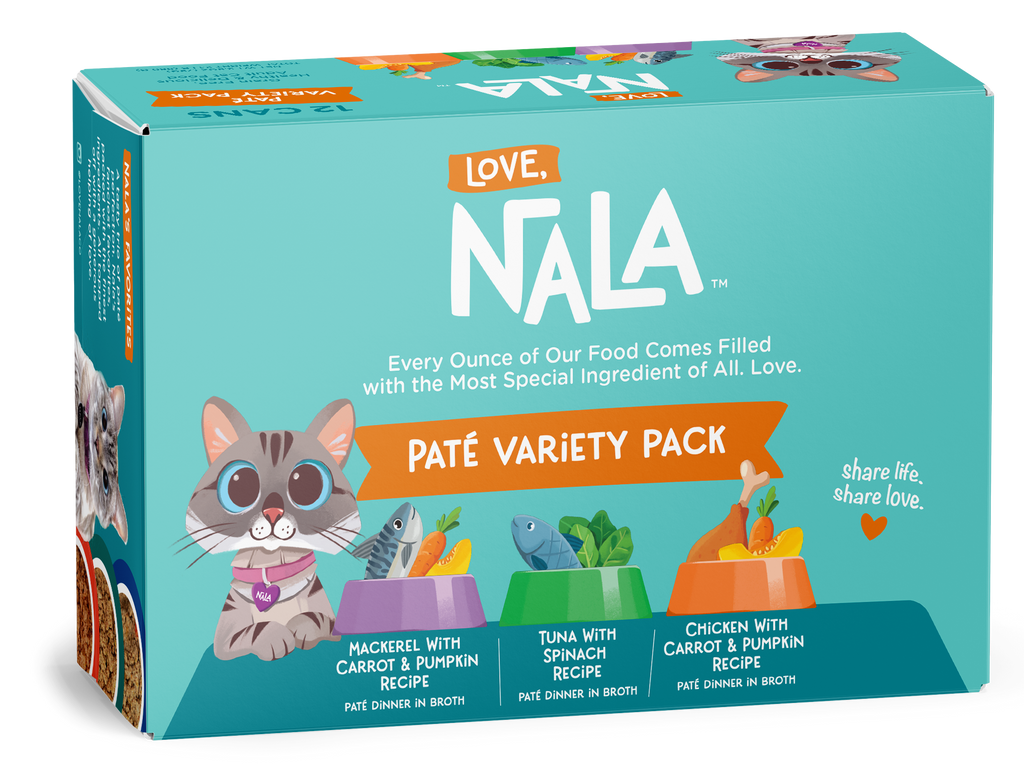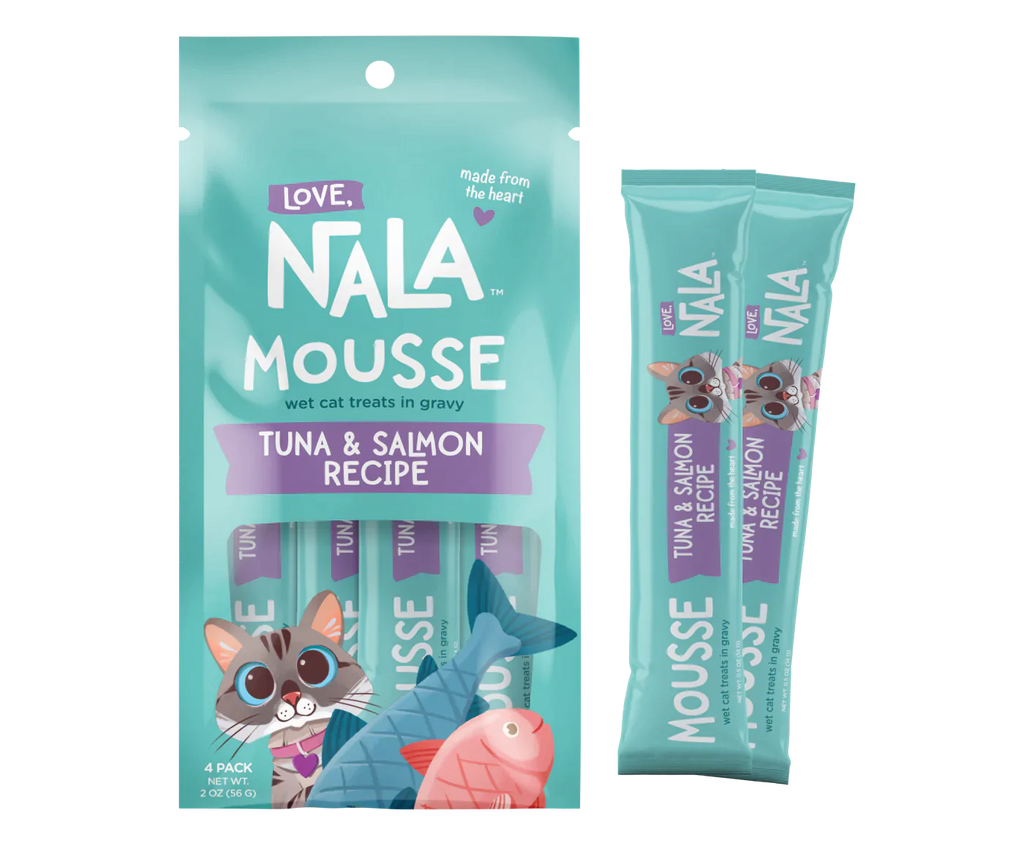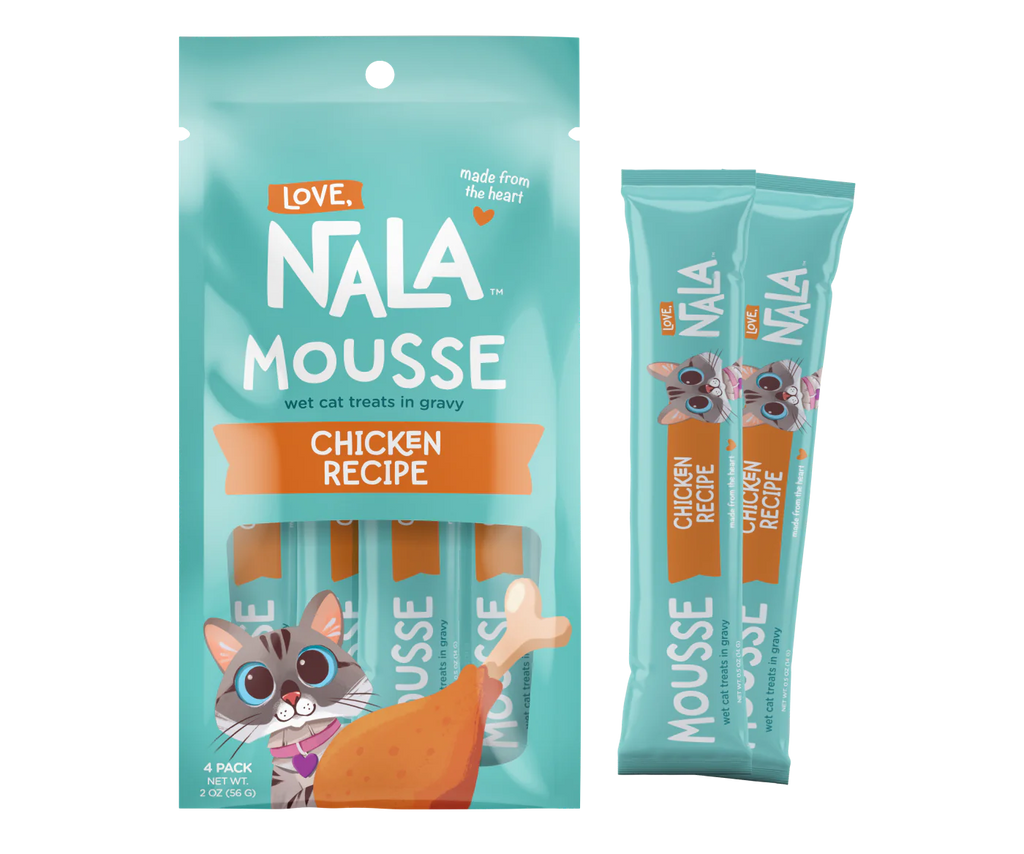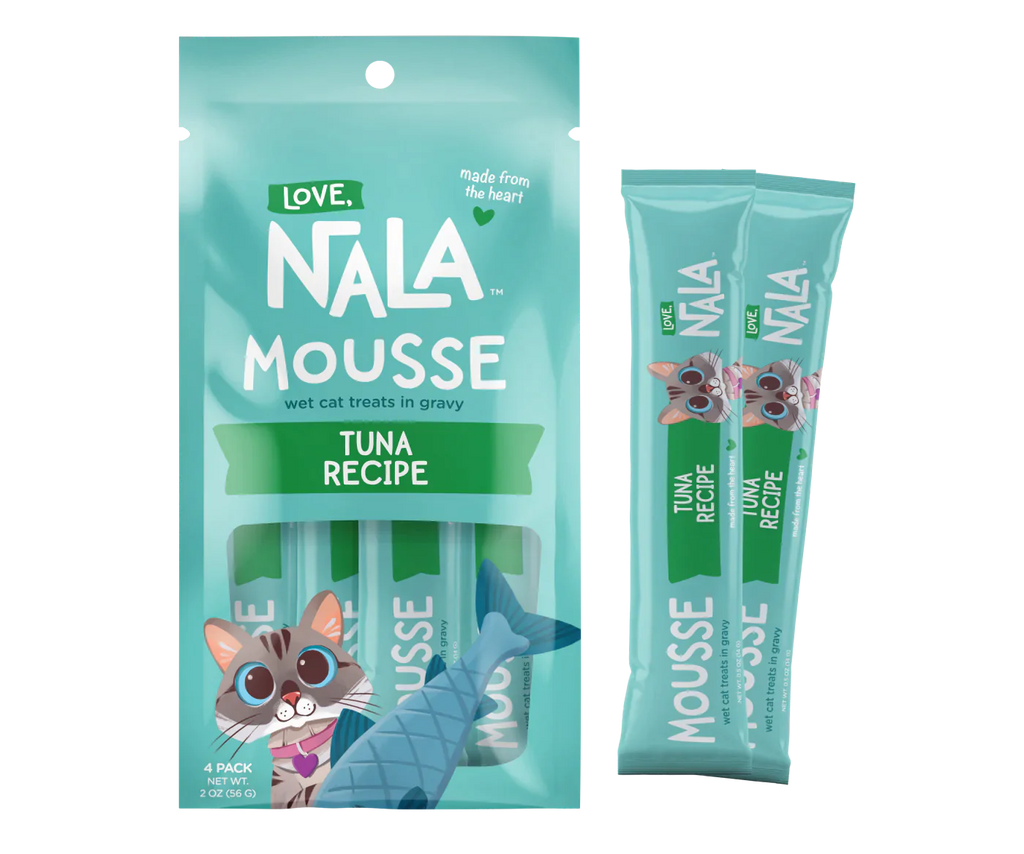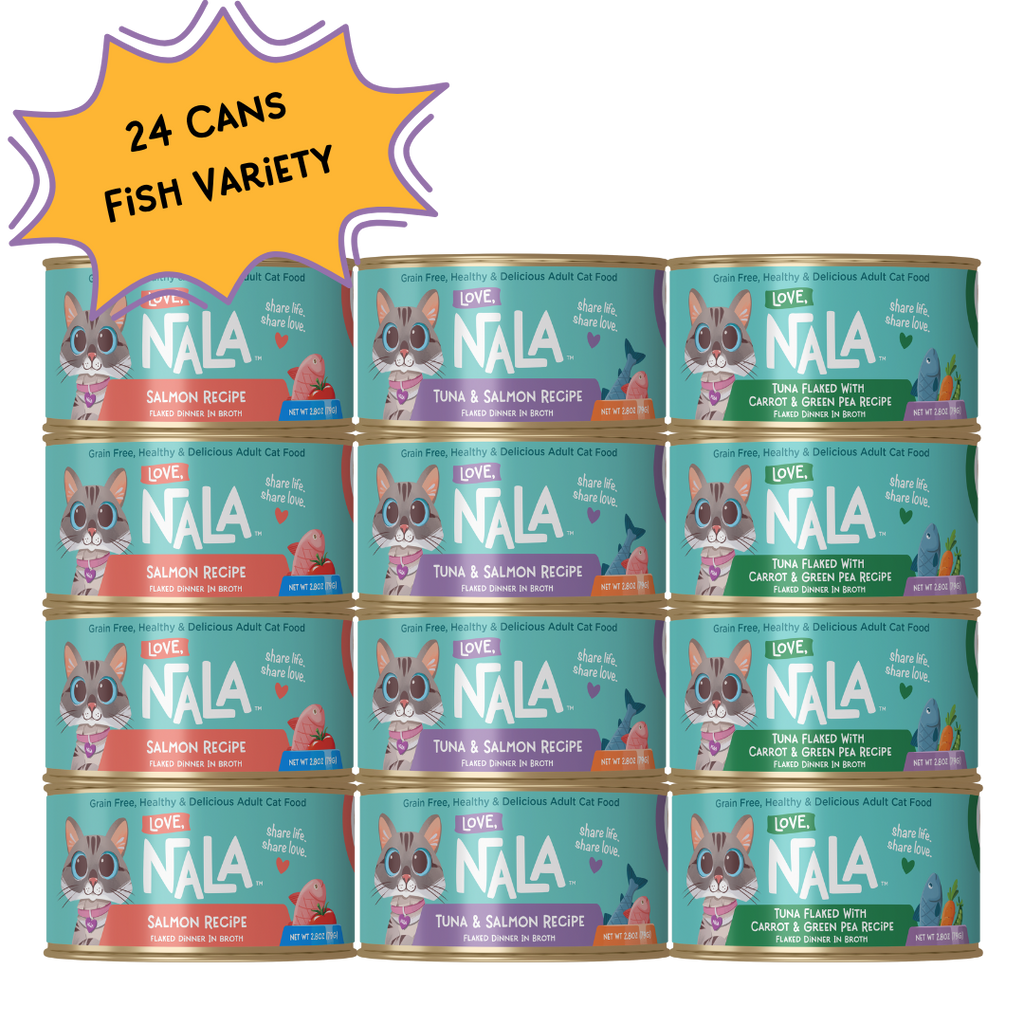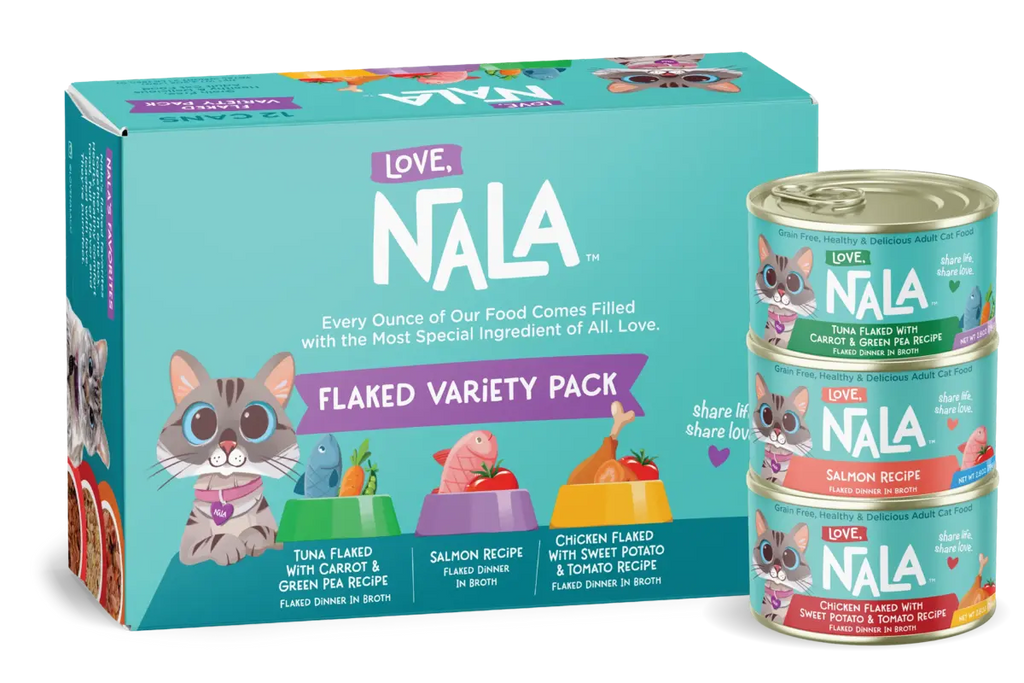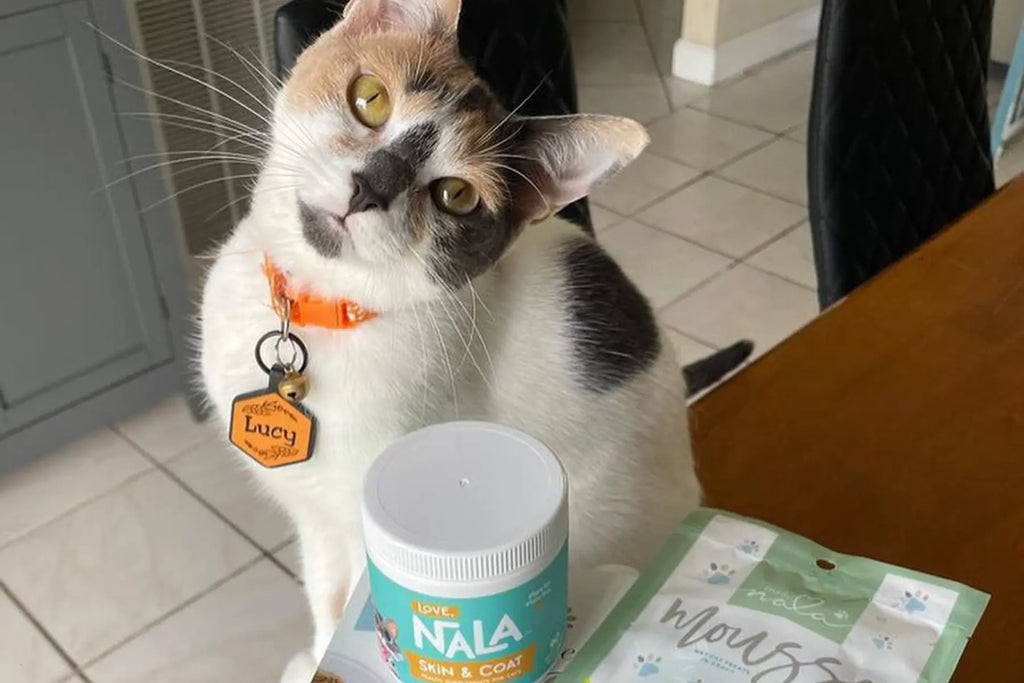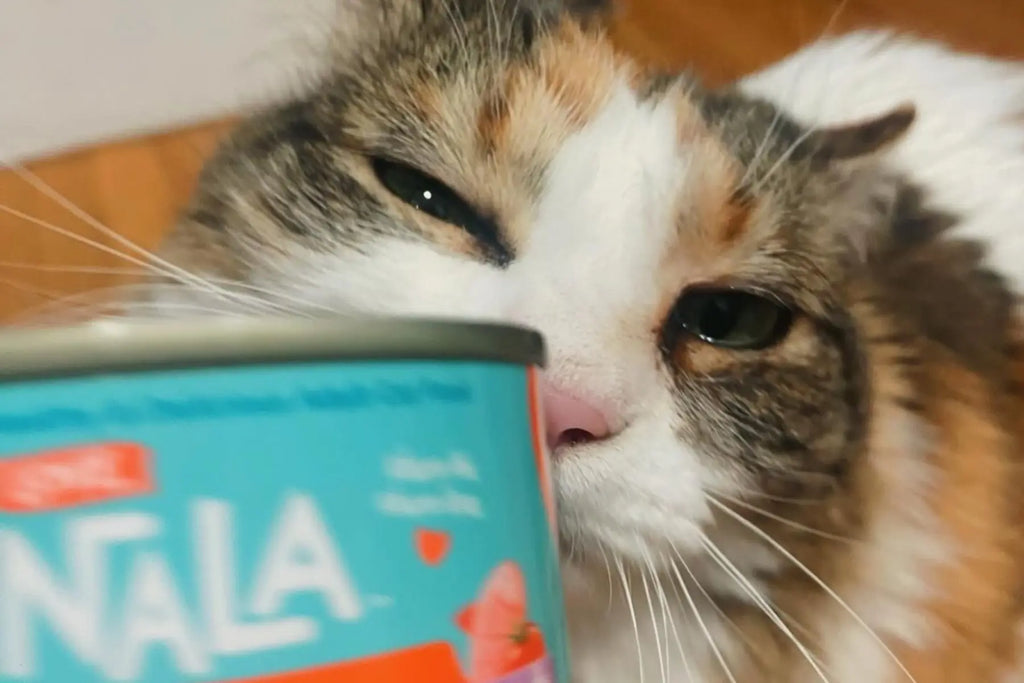A nutritious diet is crucial for maintaining your cat's health and happiness. In this blog post, we will explore essential tips for ensuring your cat's diet is nutritious, including understanding their dietary needs, selecting the best cat food, incorporating wet cat food, monitoring portions, and offering safe treats. A balanced diet can help maintain a healthy weight, prevent chronic health issues, and improve their energy levels and quality of life. On the other hand, a poor diet can lead to obesity, dental problems, digestive issues, and other health problems.

Understanding Your Cat's Dietary Needs
Protein
Cats are obligate carnivores, meaning their bodies are finely tuned to extract nutrients from animal-based proteins. Protein fuels a variety of bodily functions, including tissue repair, muscle maintenance, and the production of enzymes and hormones. A protein-rich diet also helps manage weight by promoting a feeling of fullness after meals. Since cats utilize protein more efficiently than other macronutrients, their food needs to be rich in animal proteins that are complete with all essential amino acids.
Fats
Fats in a cat’s diet are not just a concentrated source of energy; they are essential for the absorption of fat-soluble vitamins and the regulation of body temperature. Fatty acids, such as omega-3 and omega-6, play a crucial role in maintaining healthy skin and a lustrous coat. These nutrients also support cardiovascular health and aid in the development of the brain and eyes. A balance of essential fatty acids can prevent inflammation and reduce the risks of chronic health issues like heart disease and arthritis. When choosing healthy cat food, it’s important to look for those that include named fat sources like chicken fat or fish oil, which provide a healthy ratio of these vital nutrients. Proper fat levels also help enhance the taste of cat food, making meals more appealing to fussy eaters.
Carbohydrates
Healthy carbohydrates like those from vegetables, fruits, and whole grains can contribute dietary fiber which aids in digestive health and helps manage hairballs. Carbohydrates can also serve as a quick energy source, allowing proteins to be reserved more for muscle maintenance and other vital functions. It’s important to ensure that the carbohydrates in your cat's food are easily digestible and of high quality to prevent unnecessary weight gain and maintain optimal blood sugar levels. Foods like sweet potatoes and oats are good carbohydrate sources that also provide additional nutrients like vitamins and minerals. Balancing the carbohydrate content in your cat's diet ensures they get the necessary energy without compromising their protein intake for other critical bodily functions.
Vitamins and Minerals
Vitamins and minerals are indispensable to a cat's diet, playing a variety of roles that support their health and well-being. They are integrated into every aspect of biological function, ensuring your cat stays healthy, active, and lively.
- Catalysts: These micronutrients are vital for triggering essential enzymatic reactions within the body. They enhance the immune system, enabling cats to better resist infections and diseases. This supports a robust metabolic process that is essential for energy production and nutrient utilization.
- Support Functions: Essential for maintaining the overall integrity of physiological systems, vitamins, and minerals help keep a cat’s skin supple, nerves functioning properly, and muscles strong, and assist in the synthesis of blood cells and bone growth. Cats who receive this comprehensive can keep their flexibility and energy.
- Bone Development: Minerals such as calcium and phosphorus are particularly crucial for developing and maintaining strong bones. These minerals are integral to the skeletal health of a cat, ensuring they can jump, run, and play without the risk of fractures or bone disorders.
- Vision and Skin Health: Vitamins like A, E, and C play significant roles in maintaining the health of a cat's vision and skin. Vitamin A is essential for good eyesight, especially in low light, while vitamins E and C provide antioxidant properties that protect skin cells from oxidative damage and maintain skin health.
- Quality: Ensuring that these vitamins and minerals are derived from high-quality, natural sources in commercial cat foods is crucial. High-quality sources ensure better absorption and utilization of these nutrients, maximizing the health benefits and effectiveness in promoting a long and healthy life for cats.
A balanced diet enriched with the right vitamins and minerals is key to preventing numerous health issues in cats. Regular intake of these nutrients from quality sources ensures that cats not only live longer but also have a quality of life marked by good health and vitality.
Water
Cats generally have a low thirst drive and often don’t drink enough water, which makes them prone to urinary tract diseases and kidney issues. Moisture-rich canned foods can significantly contribute to their total water intake. Water helps in the digestion and absorption of nutrients, flushes out toxins, and maintains kidney health and blood volume. Encouraging your cat to drink more water can be facilitated by providing fresh, clean water at all times and using water fountains that stimulate drinking through moving water. Understanding the role of proper hydration is essential for preventing health issues and ensuring your cat remains healthy and active.

Life Stage And Activity Level Considerations
Kittens
Kittens are in a crucial stage of growth and development that demands a diet rich in calories, protein, and fat. This high-energy requirement supports their rapid growth, including the development of muscles, bones, and teeth. A kitten’s diet must also be balanced with essential nutrients such as calcium, phosphorus, and vitamins A, D, and E to ensure proper physiological development. Essential fatty acids are required for cognitive and vision development, while taurine, an amino acid, is crucial for heart health. Given these specific dietary needs, commercial kitten foods are formulated to be denser in nutrients compared to adult cat food. It is vital to feed them appropriately to avoid undernourishment or obesity, both of which can lead to health complications later in life.
Adult Cats
Once a cat reaches adulthood, typically around one year of age, its growth rate significantly decreases, necessitating an adjustment in its dietary intake. Adult cats require a balanced diet that maintains their body condition without promoting overweight. The diet should contain adequate proteins to support muscle maintenance but at a lower calorie count than kitten food. Fat content, while still essential for energy, should be moderated to prevent obesity. Adult cat diets also focus on maintaining urinary tract health and hairball control, which are common issues in mature cats. Special consideration should be given to the source and digestibility of the proteins and fibers included in their food to enhance overall health and digestive well-being.
Senior Cats
As cats advance into their senior years, typically beyond seven years of age, their metabolic rate slows down, and their caloric needs decrease. Senior cats often experience a decrease in sensory perception, which can affect their appetite and nutritional intake. Additionally, age-related conditions such as kidney disease, arthritis, and dental issues may necessitate a further modification of their diet. Senior cat foods are generally lower in calories but richer in easily digestible proteins and essential nutrients that support joint health, such as omega-3 fatty acids. It's also important to ensure that the food is softer to accommodate any dental sensitivities. Monitoring the health of senior cats through regular veterinary visits is essential to tailor their diet effectively and promptly address any emerging health issues, thus maintaining their quality of life in their later years.
Active Vs. Sedentary Cats
Active cats, such as those who spend a lot of time outdoors or engaging in play, require more calories and nutrients to fuel their energy levels. These cats might benefit from a diet that supports their active lifestyle with higher protein and fat content. Conversely, sedentary or indoor cats typically require fewer calories to avoid weight gain and associated health issues like diabetes and joint stress. For these cats, a diet formulated for weight management with balanced nutrients is advisable. It’s crucial to monitor the weight and overall health of cats regularly and adjust their food intake based on their activity level, body condition, and age. This helps prevent obesity and maintain optimal health, ensuring they lead active and healthy lives.
Choosing High-Quality Cat Food
Selecting the right cat food is not just about taste or preference; it's about ensuring optimal health and nutrition for your feline companion. A thorough understanding of cat food labels can guide you in making a nutritionally appropriate choice. Here is a guide on what to look for:
- Ingredients: Quality cat food starts with high-quality ingredients. The first listed ingredients should be recognizable and specific, such as chicken, turkey, or fish. These ingredients indicate the primary protein source, providing essential amino acids that cats need. Avoid cat foods that use ambiguous terms like "meat by-products" as the primary protein source. Also, steer clear of fillers such as corn, wheat, or soy, which add little nutritional value and may cause allergies or digestive issues in some cats. Instead, choose brands that prioritize animal proteins at the top of the ingredient list, ensuring your cat gets the high-quality protein it needs for a healthy life.
- Guaranteed Analysis: This section of the label is crucial as it quantifies the levels of protein, fat, moisture, and fiber in the cat food. The percentages given for each nutrient can help you determine if the food meets the nutritional demands of your cat, depending on their age, weight, and health condition. Compare these numbers with the recommended nutritional guidelines for your cat’s specific life stage and activity level. Ensuring that your cat's food aligns with these requirements can help maintain their health and vitality.
- AAFCO Statement: The Association of American Feed Control Officials (AAFCO) provides nutritional adequacy statements on pet food labels. This statement is a guarantee that the food meets industry-standard nutritional levels for a specific stage of a cat’s life, such as growth, reproduction, adult maintenance, or a combination of these. Look for this statement to ensure that the food provides a balanced diet suitable for your cat’s age and health requirements. It's a simple way to confirm that the food not only tastes good to your cat but also provides all of the necessary nutrients in the right amounts.
By understanding each component of the cat food label, you can make informed decisions that contribute significantly to your cat's long-term health and wellness. Choose wisely, considering your cat’s specific nutritional needs, to support their overall well-being and quality of life.
Incorporating Wet Cat Food and Grain-Free Options
Wet cat food is an excellent addition to your cat's diet. It provides a source of hydration and contains more protein and fewer carbohydrates than dry cat food. It can also help prevent urinary tract issues. Grain-free cat food is another healthy food option. Cats do not require grains in their diet, and some cats may be allergic to certain grains. Grain-free cat food is also typically higher in protein, making it an excellent option for cats that require more protein in their diet.
Offer Safe Treats
Treats are an excellent way to reward your cat, but it's essential to offer them in moderation. Too many treats can lead to an unbalanced diet and weight gain. As emphasized before, avoid treats with fillers, artificial colors, and preservatives. Also, be sure to consider your cat's age and dietary restrictions when selecting treats. For example, older cats or cats with medical conditions may require special treatment.

A nutritious diet is essential for maintaining your cat's health and happiness. By understanding your cat's nutritional needs, choosing high-quality cat food options, incorporating wet food and grain-free options, monitoring portions, and offering safe treats, you can provide your cat with a balanced and healthy diet. Remember to consult with your veterinarian if you have any concerns about your cat's diet or health.
